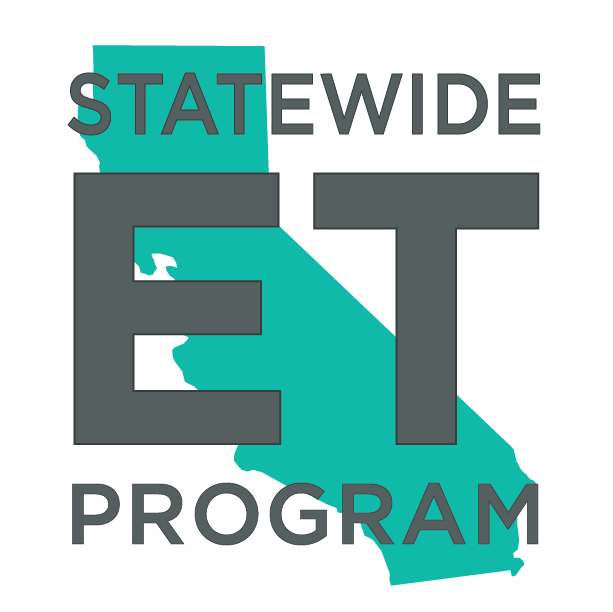ET25SWE0034 - SmartAg Controls: Incentivizing Efficiency & Yields
Indoor agriculture in California faces increasing demands to reduce energy consumption and environmental impact while delivering high-quality yields. Recent Department of Energy (“DOE”) data highlights that horticultural lighting alone consumed 9.6 Terawatt Hour ("TWh") of electricity nationwide in 2019, with California’s portion estimated at around 2.0 TWh annually. Meanwhile, irrigated crops generate over $40 billion in farm revenue in the state, and approximately 5% of that total—representing around $2 billion—is attributed to greenhouse production.
This project tackles the core market barrier of uncertainty regarding the real-world benefits of advanced lighting controls. By measuring an artificial intelligence (“AI”)-driven system in commercial greenhouses, AGxano, Inc (“AGxano” or “Implementer”) and their subcontractor TRC Engineers, Inc. (“TRC”) and their research collaborators Altman Specialty Plants, LLC (“Altman Plants”) (collectively, the “Project Team”) aims to confirm that precision lighting strategies can reduce overall energy demand by approximately 20% and boost crop yields by around 10%. Despite the allure of potential savings and productivity gains, many growers hesitate to invest in new technologies without validated data on return on investment and impact on crop quality.
To address these concerns, the Project Team will install smart lighting controls and environment sensors that measure natural light availability, temperature, humidity, carbon dioxide (“CO₂”) levels, and uses this information to dynamically optimize the Daily Light Integral (“DLI”). Unlike simply upgrading fixtures, this solution orchestrates both intensity and spectral output in real time—helping growers maintain consistent yields while lowering energy costs and peak demand.
The Project Team will measure these outcomes through International Performance Measurement and Verification Protocol (“IPMVP”) Option B protocols, collecting data on energy consumption, environmental conditions, and plant growth metrics in adjacent greenhouse sections—one operating as a control and the other equipped with our AI-based controls. This design allows for a direct, apples-to-apples comparison of how advanced lighting influences energy usage, demand profiles, and crop performance. Our sites in disadvantaged communities (“DAC”) provide additional social and environmental benefits by promoting workforce development, reducing carbon emissions, and bringing sustainable practices to underserved areas.
Ultimately, this project addresses the uncertainties hindering broader adoption of intelligent lighting controls. By demonstrating verified savings, demonstrating demand-response capabilities, and showing a clear link to higher yields, the Project Team will generate a practical roadmap for other California growers to follow. In so doing, the project will align with the state’s environmental priorities—lowering greenhouse gas emissions and conserving vital resources—while supporting economic resilience and year-round agricultural production. Through close industry partnerships and rigorous data collection, the Project Team aims to accelerate California’s transition to clean, efficient, and profitable greenhouse operations.
